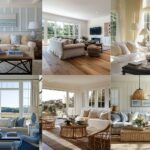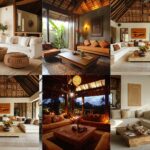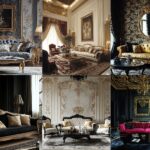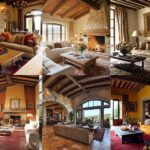Do you find yourself longing for the charm and character of bygone eras? Retro interior design may well be just what you’re looking for. This style effortlessly blends nostalgia with modern functionality, creating spaces that are both unique and inviting. Whether you’re drawn to the bold patterns of the ’70s or the sleek lines of mid-century modern, retro design offers endless possibilities to express your individuality.
Incorporating retro elements into your home doesn’t mean sacrificing comfort or convenience. By thoughtfully selecting vintage pieces and pairing them with contemporary accents, you can achieve a balanced look that’s stylish yet practical.
Ready to transform your space into a timeless masterpiece? Let’s explore how you can bring retro vibes into every corner of your home.
10 Retro Interior Design Ideas And Styles
#1. Retro Mudroom Interior Design

#2. Retro Mudroom Idea
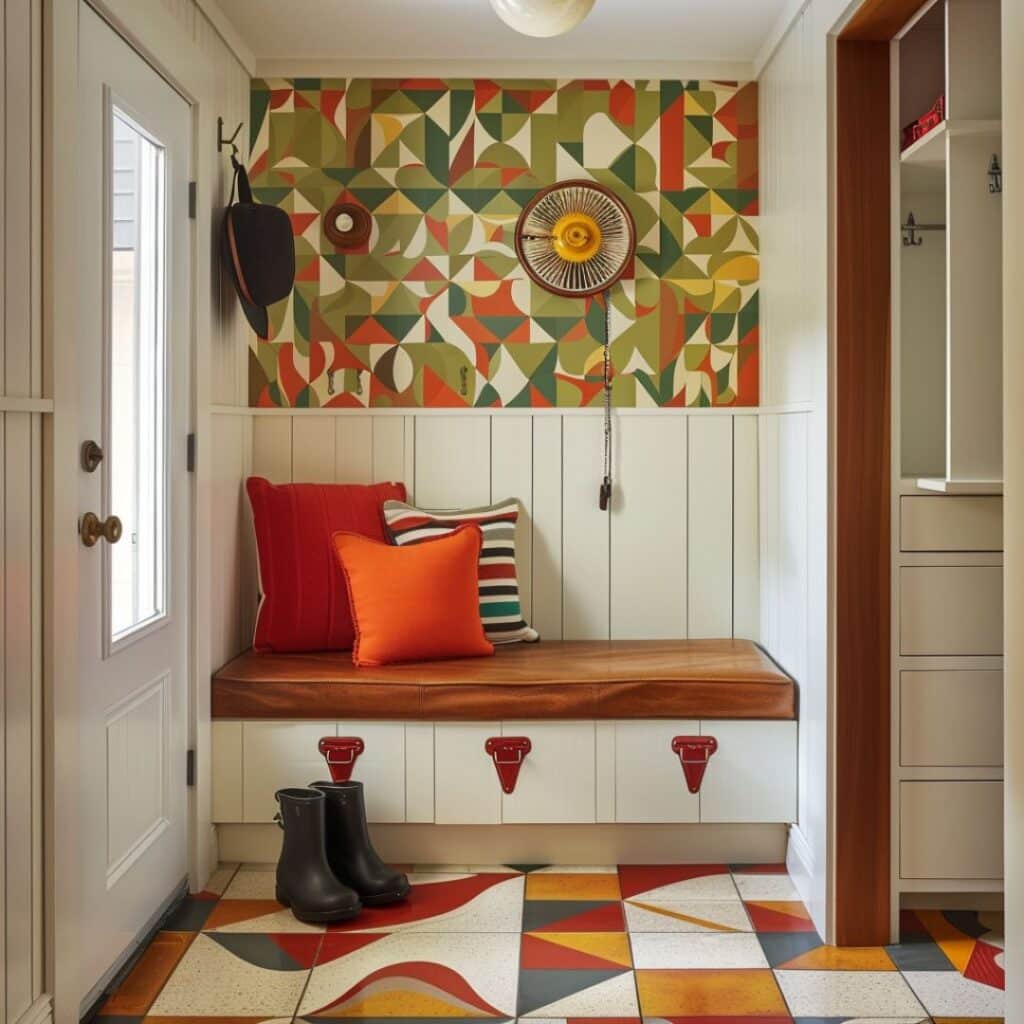
#3. Retro Bedroom Interior Idea
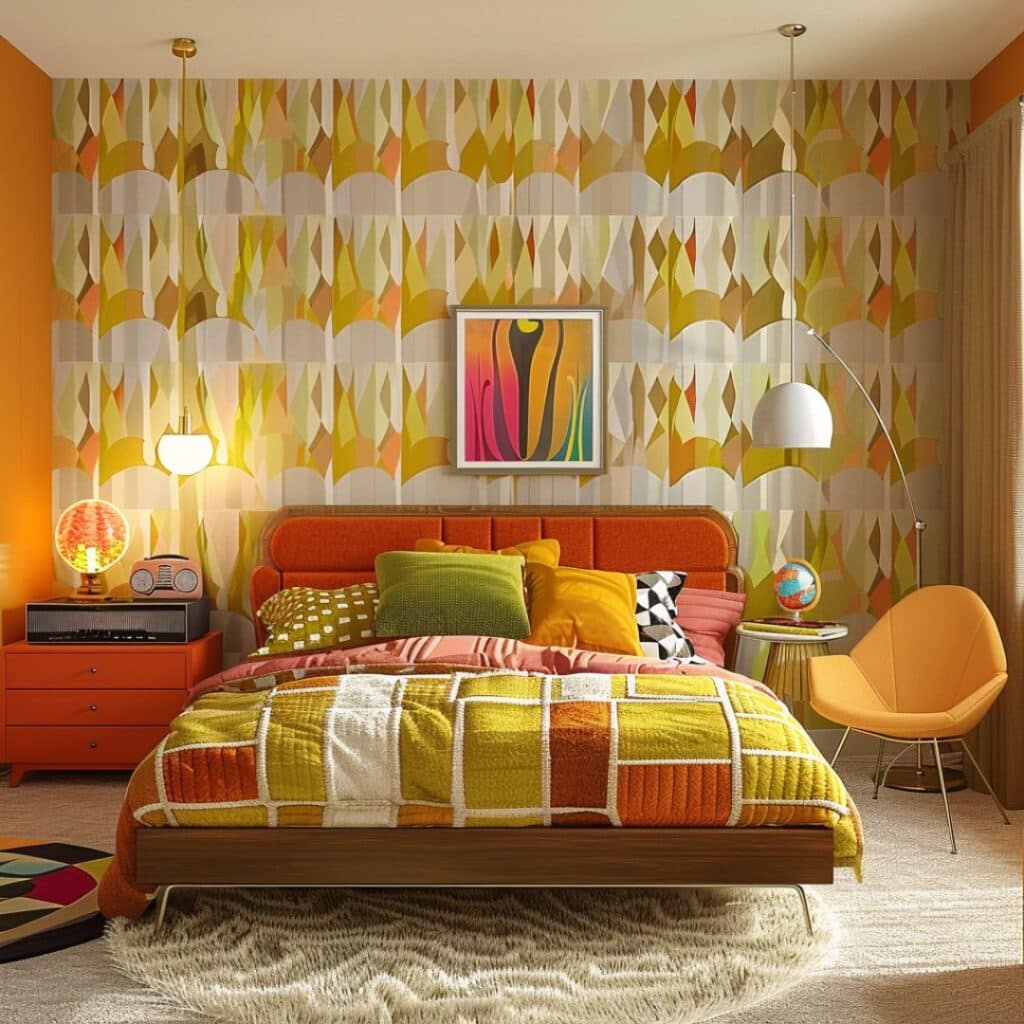
#4. Retro Living Room Interior Design

#5. Retro Living Room Idea
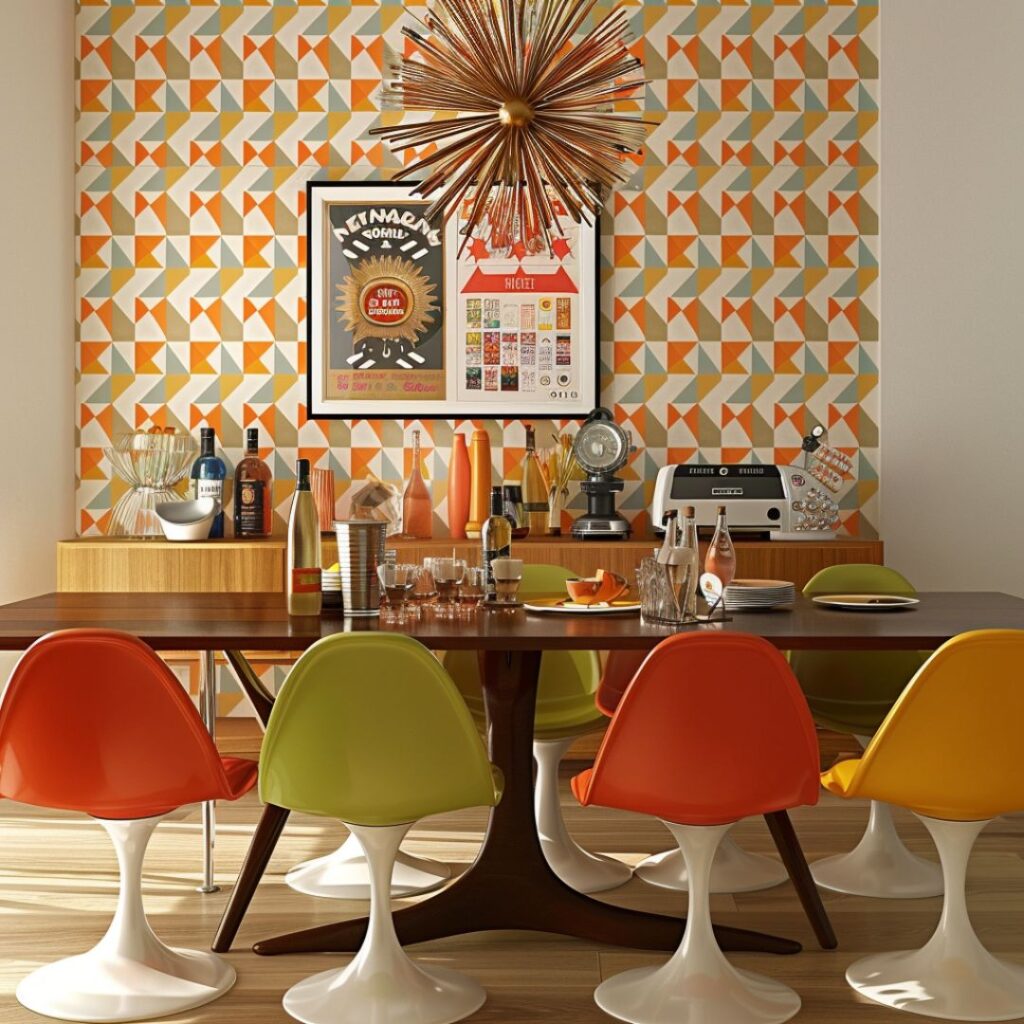
#6. Retro Bedroom Design
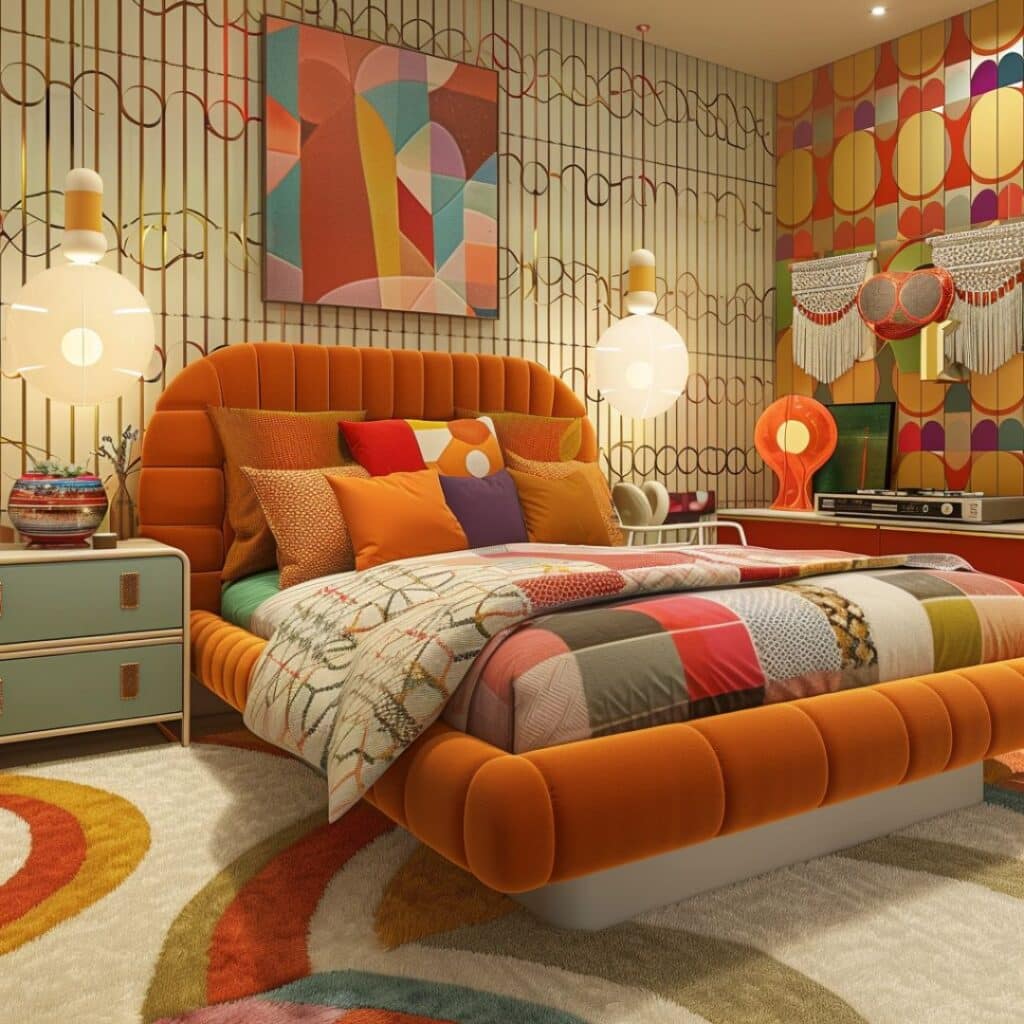
#7. Retro Kitchen Interior Design
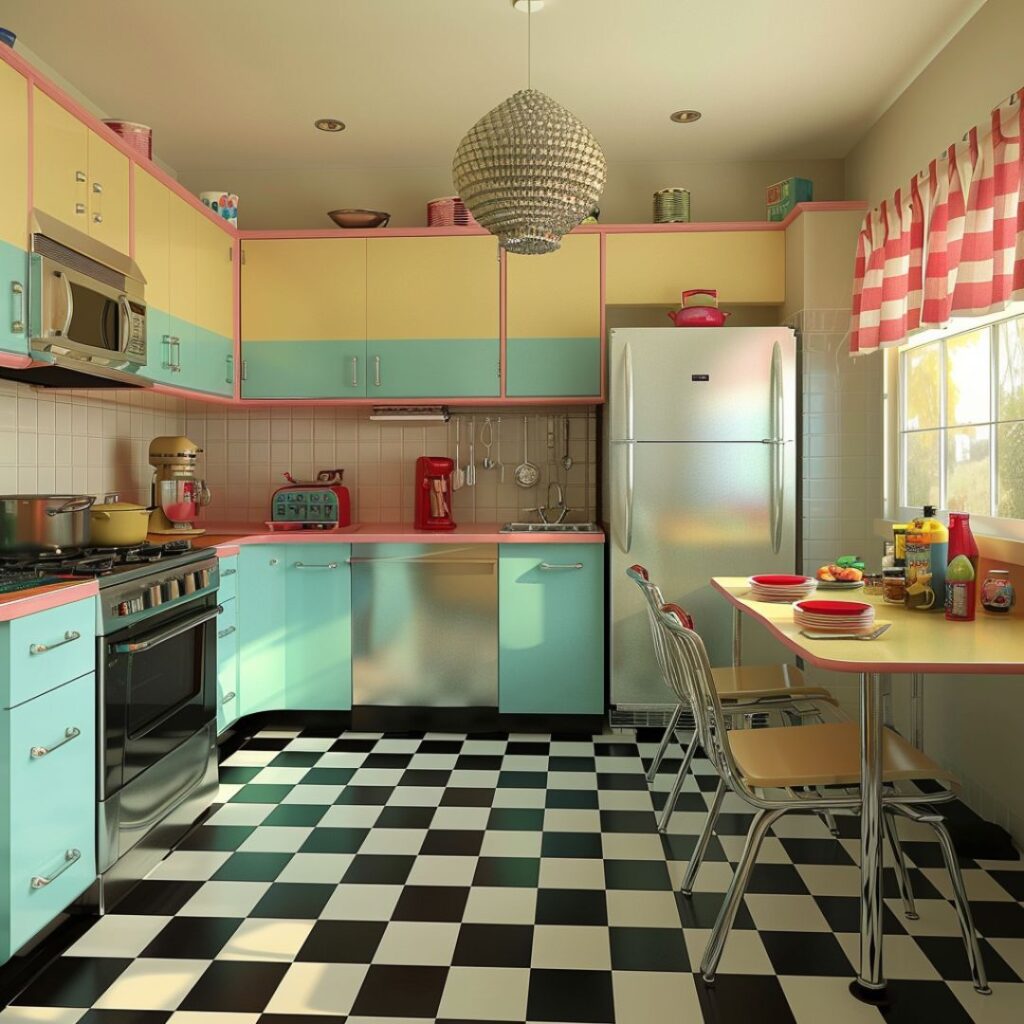
#8. Retro Bathroom Interior Idea
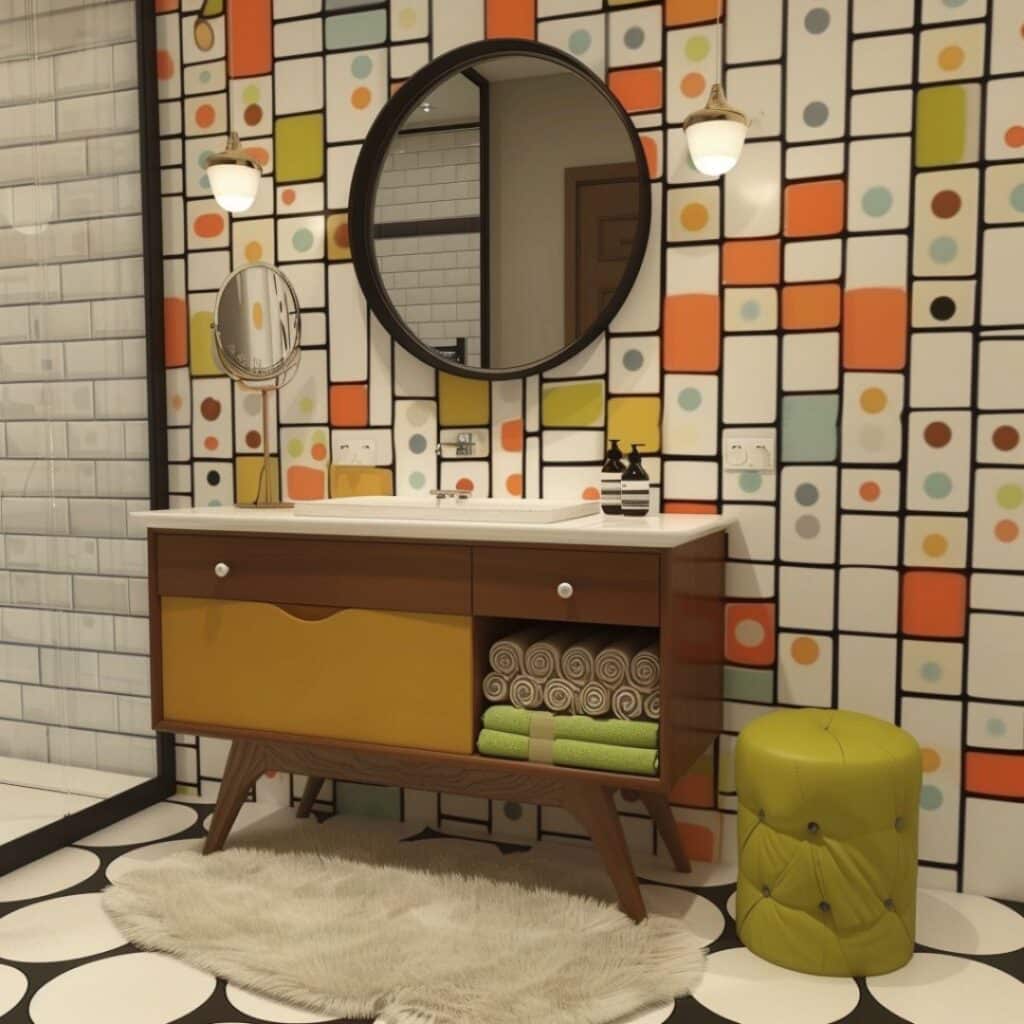
#9. Retro Bathroom Interior Design
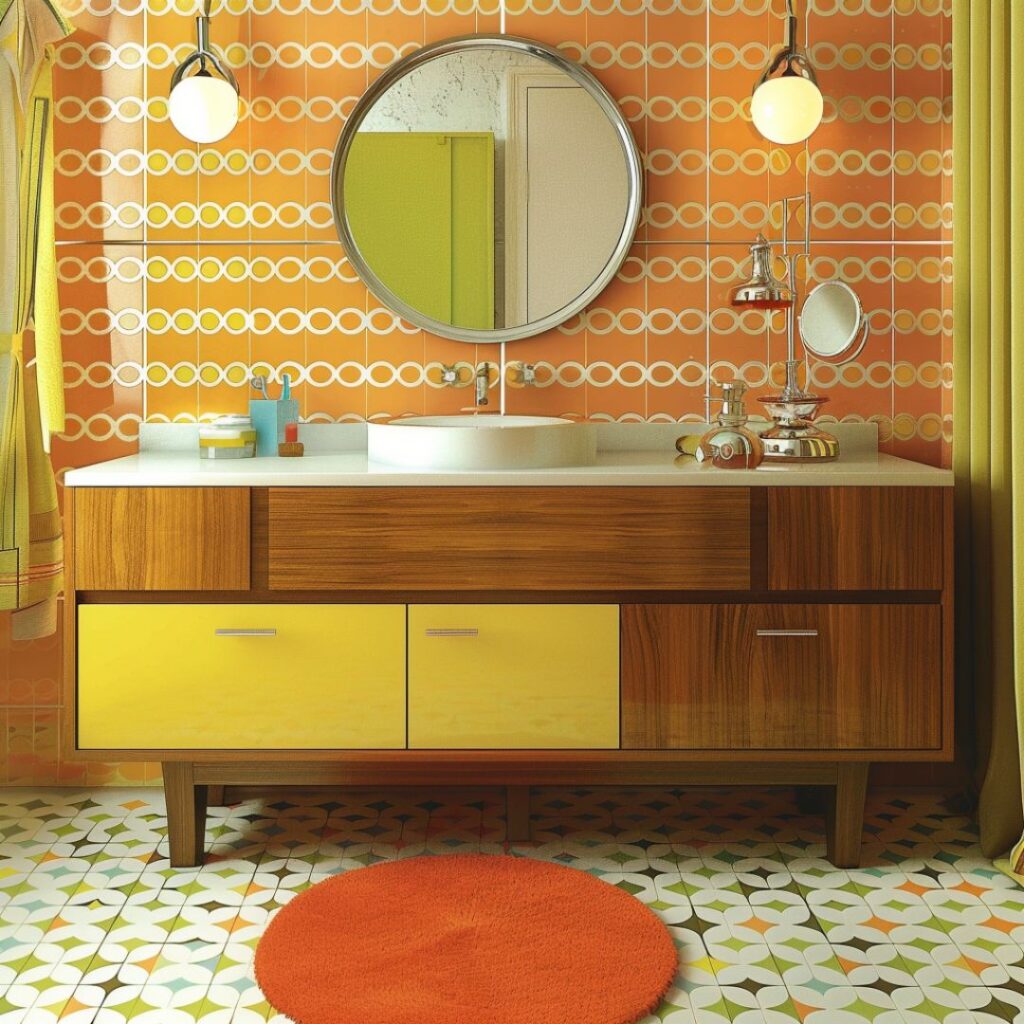
#10. Retro Bathroom Design
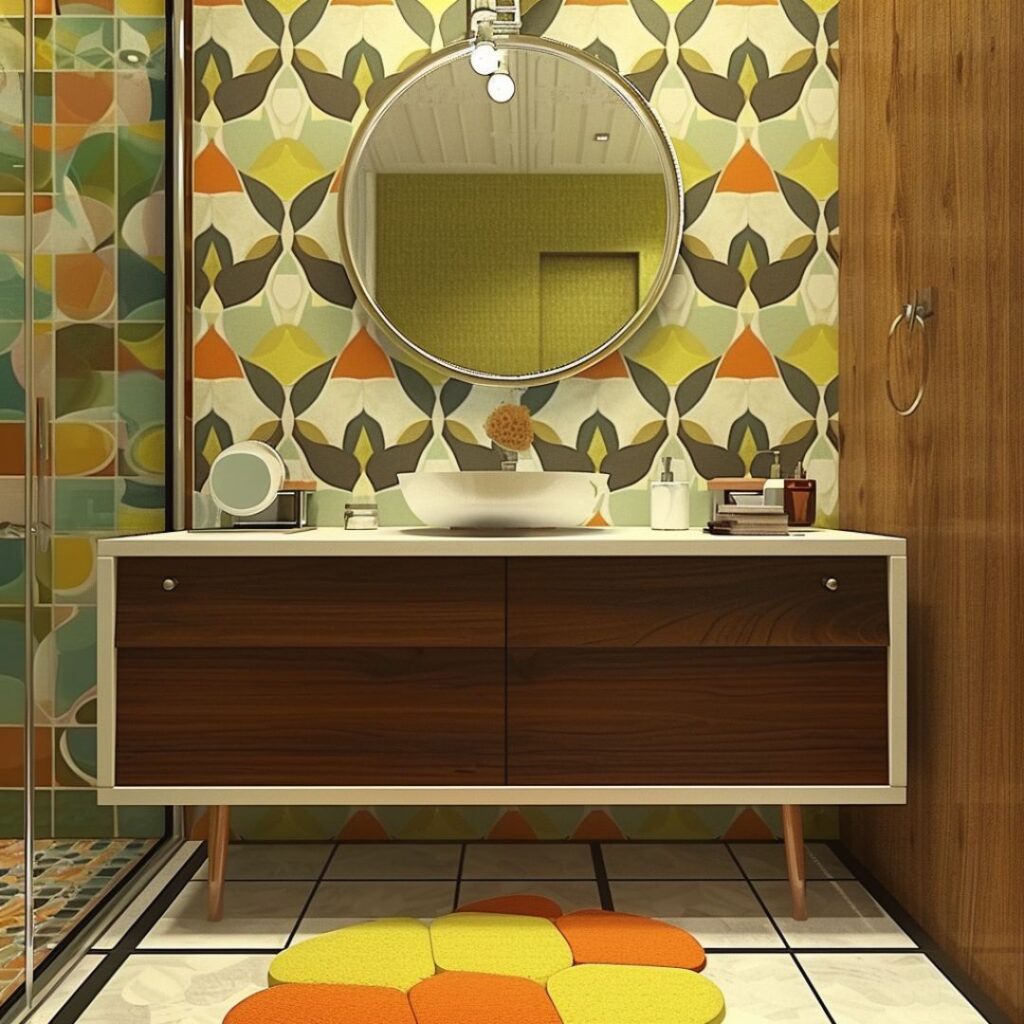
What Is Retro Interior Design?
Retro interior design brings nostalgia and modern functionality together. This style creates inviting spaces by blending vintage aesthetics with contemporary elements.
Defining Retro Aesthetics
Retro design pulls from styles of the 1950s to the 1980s, emphasizing bold colors and patterns. It often includes geometric shapes and contrasting textures for visual interest. You’ll see furniture with clean lines alongside more ornate pieces.
Key Characteristics of Retro Style
Patterns: Use polka dots, stripes, chevron, and floral patterns frequently in retro interiors. These patterns can be found on wallpapers, fabrics, or accessories.
Colors: Bright hues like orange, teal, yellow, and green dominate this style. Combining these vibrant shades brings energy into any room.
Materials: Incorporate materials like plastic, vinyl, chrome, and Formica. These were popular in mid-20th-century designs.
Furniture: Opt for items with tapered legs or low profiles. Think of iconic pieces like Eames chairs or kidney-shaped coffee tables.
Accessories: Add rotary phones, sunburst clocks, lava lamps, and record players to enhance the retro feel.
Popular Retro Design Elements
Retro interior design brings back the charm of past decades. It combines nostalgia with functionality to create a unique atmosphere.
Vintage Furniture Pieces
Vintage furniture pieces define retro interiors. Think of Eames chairs, kidney-shaped coffee tables, and tufted leather sofas. These items add character and authenticity to your space.
Iconic Color Palettes and Patterns
Iconic color palettes and patterns are essential in retro design. Vibrant colors like orange, teal, and mustard dominate the scene. Patterns such as polka dots, chevrons, and stripes provide visual interest.
Influence of Retro Art and Decor
Retro art and decor significantly impact interior styling. Posters of 1960s rock bands or 1970s abstract art capture the era’s spirit. Accessories like rotary phones or lava lamps complete the look effectively.
Browse by Era
Retro interior design encompasses various decades, each with distinct styles. Explore the highlights of the 1950s, 1960s, and 1970s to find inspiration for your space.
1950s Bright and Bold
The 1950s style features vibrant colors like red, turquoise, and yellow. Furniture often has clean lines with a focus on functionality. Examples include Formica tables and vinyl chairs. Patterns such as polka dots and atomic designs are common in textiles.
1960s Chic and Sleek
In the 1960s, interiors embrace sleek forms and futuristic elements. Popular items include molded plastic chairs and mod-style sofas. The era’s color palette includes bold shades like orange, avocado green, and hot pink. Geometric patterns dominate wallpaper designs.
1970s Earthy and Organic
The 1970s introduce earthy tones like brown, mustard yellow, and olive green. Natural materials such as wood paneling become prominent. Key furniture pieces include bean bags and wicker chairs. Patterns feature floral prints and paisley motifs in various decor items.
Incorporating Retro Design in Modern Homes
Retro interior design can add a vibrant touch to contemporary spaces.
Blending Old and New
Combine vintage furniture with modern elements. Use a mid-century coffee table alongside a minimalist sofa. Integrate classic patterns like chevrons or polka dots with solid-colored walls. A retro lamp on an industrial-style desk adds character without overwhelming the space.
Room-by-Room Retro Inspiration
Living Room: Place a statement piece such as an Eames lounge chair. Add geometric throw pillows to modern couches.
Kitchen: Install retro appliances like a Smeg fridge. Use colorful backsplashes reminiscent of past decades.
Bedroom: Opt for bold-patterned bedspreads. Include teak or walnut bedside tables.
Bathroom: Feature pastel tiles and gold fixtures for a nostalgic feel. Add framed vintage posters for decor.
Retro design offers versatility, allowing you to personalize each room uniquely while maintaining coherence across your home’s overall aesthetic.
Common Challenges in Retro Interior Design
Retro interior design presents several challenges, especially when integrating vintage elements into modern spaces.
Finding Authentic Retro Decor
Locating genuine retro pieces can be difficult. Many items labeled as retro or vintage are reproductions. Visit estate sales and specialized antique shops to find authentic decor. Online marketplaces sometimes offer original pieces but require careful scrutiny for authenticity.
Balancing Colors and Textures
Retro design often involves bold colors and varied textures. Achieving harmony without overwhelming a space can be tricky. Use a primary color scheme as the foundation, then add complementary shades sparingly. Incorporate different materials like wood, metal, and fabric to create depth without clashing elements.
Ensure each piece contributes cohesively to the overall aesthetic while maintaining balance between old and new styles.


